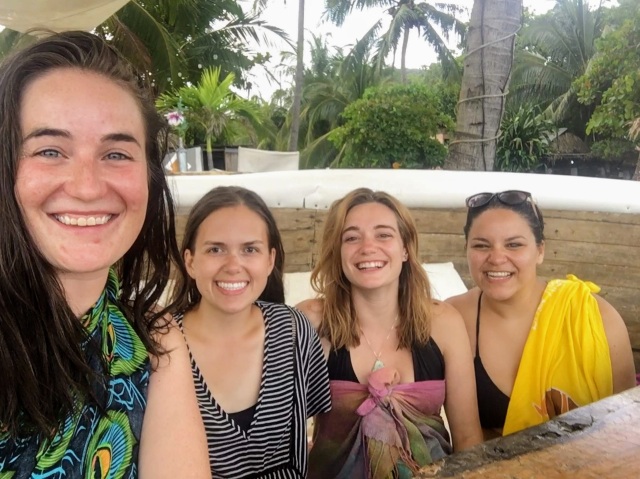
If you follow me on any sort of social media you know I love Pisces season because it’s like swimming in a deep ocean of feelings and dreams. It’s a magical time and I hope you have been enjoying it as well. I also must mention… Happy birthday month to me! I love having a February birthday because back in the states it’s cold and dreary, the holidays are long gone, and everyone is usually looking for something fun to do to brighten up the dark winter days. However, we are in the dog days of summer here in Guanacaste, not a rain cloud to be seen for miles. That said, it usually doesn’t take much to convince other volunteers to celebrate something. I was fortunate enough to have a built-in excuse for my friends to all gather in the same place for a few days, Envision.

Envision is a four day festival near Uvita, Costa Rica with music, yoga, movement, and wellness workshops. It’s 10,000 people in a spot deep in the jungle that spills out onto the beach. For me, it was a very spiritual and moving event to be a part of, and I was so happy to get to celebrate my birthday with so many people I love.

Besides my birthday, February also means that people are off of vacation! My counterparts came back to work and school was back in session. All of a sudden my calendar went from long open weeks to being full…ish. As a Peace Corps volunteer, I’m never 100% busy, but after a few months of doing not much of anything, my schedule now is feeling PACKED. To catch you up, here is what I’m currently working on:
STEAM Activities
STEAM is a program to encourage students to explore careers in Science, Technology, Engineering, Arts, and Mathematics. The school district of my site has been identified as one of the pilot programs which will incorporate STEAM activities inside the classroom for elementary and high school students. Most STEAM activities previously had taken place outside of schools in clubs geared towards female students only. We are hoping by incorporating these activities in the classroom it will foster a sense that these activities are not gendered and that boys and girls can be interested in any topic they like, regardless of gender.
So what does this look like daily? Well… with the support of the teachers’ council and school director, I am working alongside the 5th and 6th-grade teachers a few times a week doing interactive activities on some of the subjects they are learning about in their textbooks. I’m designing the activities to be a bit more interactive than just reading from a page. This has been a very humbling experience that makes me want to apologize to all of my teachers. It’s so hard to wrangle these kids! In one of the classes, there are 34 students, without air conditioning, in 100-degree heat. The kids are usually jumping off the walls, but they always are eager to learn and participate in the class.
My next step is to go to high school and work with the students that have an interest in STEAM activities and coach them in ways they can deepen their knowledge and skills to help them prepare for jobs in these fields after graduation. I am very fortunate that the high school already has a well-established STEAM program that has been going for a few years, now it’s just an opportunity to make sure the students are aware of all of the opportunities in different fields of employment are available to them.
Rural Tourism Development
One of my favorite projects but definitely the most complicated one I am undertaking during my service. The unemployment levels for youth in the area are steadily rising and many are forced to move out of the area to find jobs with adequate pay. Previous generations had primarily worked in livestock farming and agriculture, but with climate change and unstable prices, this work also has not been consistent. It’s a beautiful area with many amazing natural attractions we are working on making a touristic route and promote to tourists. The main challenge has been designing the route and developing the infrastructure to support what increased tourism would mean for the area. I’ve mentioned in previous blog posts that Hojancha is very proud of its reforestation efforts and how environmentally forward-thinking they are. It is important that they take care of the environment and not exploit it through tourism. It’s inspiring to work with my project partners as they take making sustainable choices rather than what is cheapest and most readily available. Since they are taking such strides to make sure it does not negatively impact nature, it can be a slow-moving and long process. This is a very large project that will likely take longer than I am here in Costa Rica to finish, but I know it will have a great impact on the community and the ability for families to earn a good wage.
Transportation
Not a project but a life update, I have a bike! Thanks to a fellow gringo in town, he lent me this gorgeous bike to use while I am here. Catch me riding around town on this beaut instead of sweating in the oppressive sun.












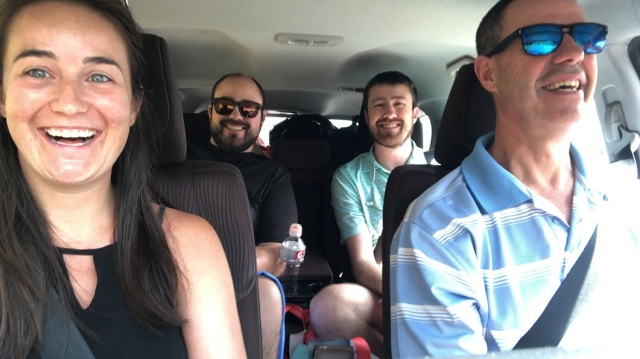


























 I’ve been at my site for almost 8 months! We are officially out of the rainy season and into full summer here in Guanacaste, and that means it is hot. Hotter than I thought possible. Imagine you are sitting in an oven. It’s hotter than that. It also is windy season, which means the Papagayo winds bring very strong gusts that feel like a giant hairdryer on its highest heat setting blasting my whole body for hours on end. It also hasn’t rained in a month so the trees and plants are shriveling up and turning from a lush green to a golden tan. Everyone flees to the beach for most of December and January because you definitely need to cool off with a dip in the water this time of year. With most people away, everything is very tranquilo and the pura vida attitude is at a maximum level.
I’ve been at my site for almost 8 months! We are officially out of the rainy season and into full summer here in Guanacaste, and that means it is hot. Hotter than I thought possible. Imagine you are sitting in an oven. It’s hotter than that. It also is windy season, which means the Papagayo winds bring very strong gusts that feel like a giant hairdryer on its highest heat setting blasting my whole body for hours on end. It also hasn’t rained in a month so the trees and plants are shriveling up and turning from a lush green to a golden tan. Everyone flees to the beach for most of December and January because you definitely need to cool off with a dip in the water this time of year. With most people away, everything is very tranquilo and the pura vida attitude is at a maximum level.



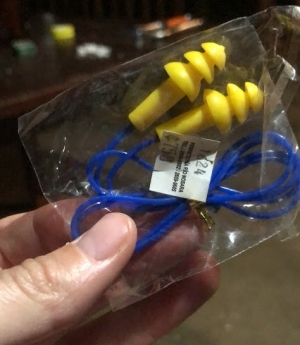













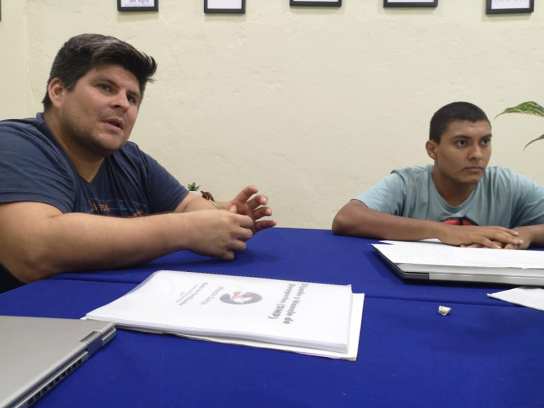

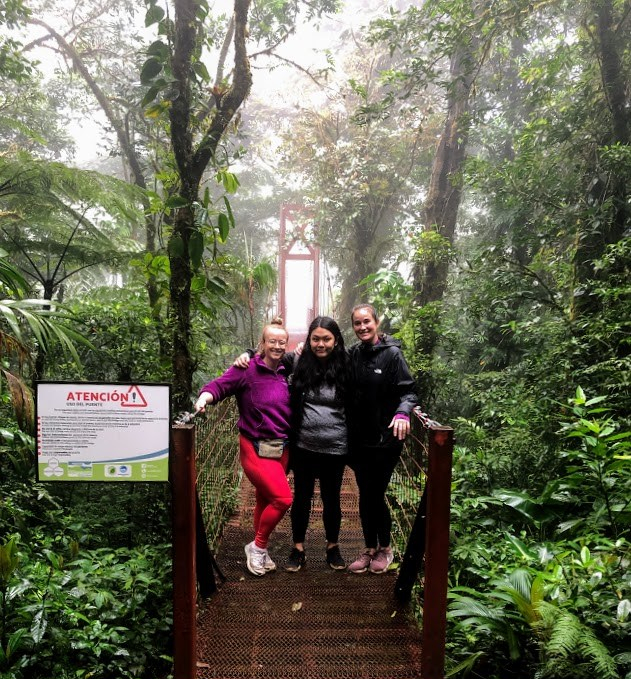
























 Many of you may know from 2004 to 2007 I was a member of a performing group made up of fresh faces, unrivaled enthusiasm, and talent of the youth of America; it was aptly named
Many of you may know from 2004 to 2007 I was a member of a performing group made up of fresh faces, unrivaled enthusiasm, and talent of the youth of America; it was aptly named















